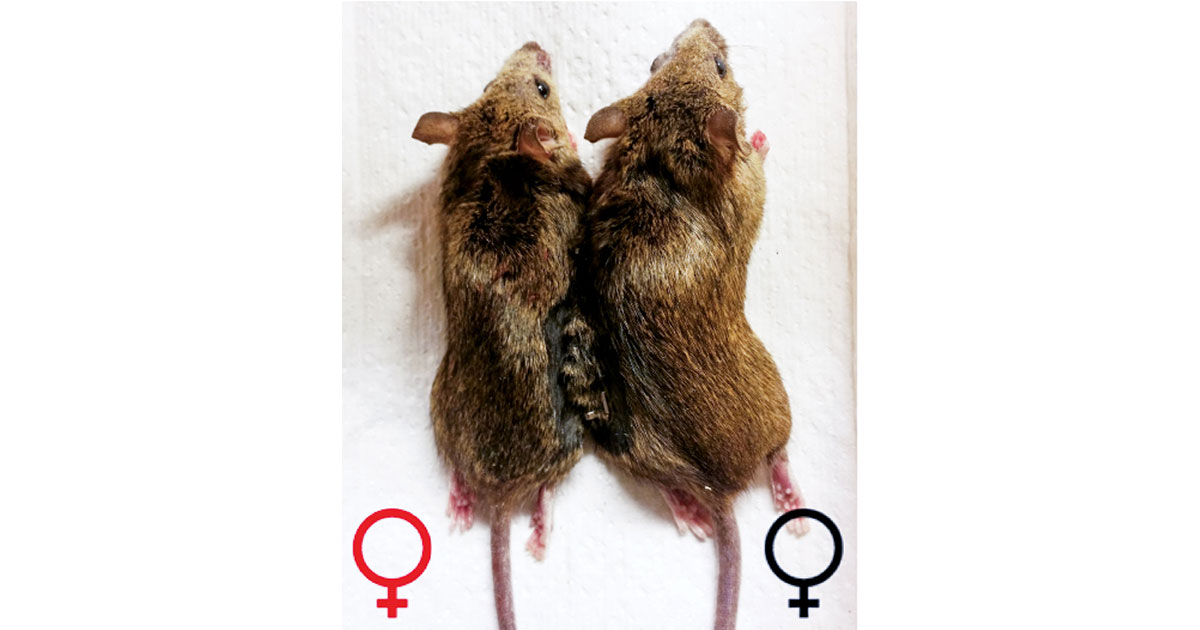Advertisement
Grab your lab coat. Let's get started
Welcome!
Welcome!
Create an account below to get 6 C&EN articles per month, receive newsletters and more - all free.
It seems this is your first time logging in online. Please enter the following information to continue.
As an ACS member you automatically get access to this site. All we need is few more details to create your reading experience.
Not you? Sign in with a different account.
Not you? Sign in with a different account.
ERROR 1
ERROR 1
ERROR 2
ERROR 2
ERROR 2
ERROR 2
ERROR 2
Password and Confirm password must match.
If you have an ACS member number, please enter it here so we can link this account to your membership. (optional)
ERROR 2
ACS values your privacy. By submitting your information, you are gaining access to C&EN and subscribing to our weekly newsletter. We use the information you provide to make your reading experience better, and we will never sell your data to third party members.
Biological Chemistry
Newly Found Enzyme Degrades 8-Oxoguanine
A deaminase that converts 8-oxoG to uric acid helps explain what might happen to 8-oxoG after it is excised during DNA repair
by Celia Henry Arnaud
February 1, 2010
| A version of this story appeared in
Volume 88, Issue 5
8-Oxoguanine (8-oxoG) is produced by oxidation of guanine in DNA and is excised during DNA repair. What happens to the free 8-oxoG after it’s removed? The answer to that question has been elusive because 8-oxoG isn’t a substrate for any known enzymes that degrade guanine. Frank M. Raushel of Texas A&M University and coworkers have now found an enzyme in the bacterium Pseudomonas aeruginosa that deaminates 8-oxoG to form uric acid (J. Am. Chem. Soc., DOI: 10.1021/ja909817d). Although the researchers have been unable to crystallize this 8-oxoG deaminase, they crystallized a homologous protein identified during environmental DNA sequencing of marine samples. The homologous protein has a single zinc ion bound to the enzyme in a similar way to what has been observed in cytosine, guanine, and adenosine deaminases. “I’m convinced there is much more to 8-oxoG and its roles in oxidative stress, from signaling to mutations, than is currently appreciated,” says nucleic acid chemist Cynthia J. Burrows of the University of Utah. “The very nice work of Raushel and coworkers adds a piece to the puzzle, or perhaps enlarges the puzzle.”





Join the conversation
Contact the reporter
Submit a Letter to the Editor for publication
Engage with us on Twitter